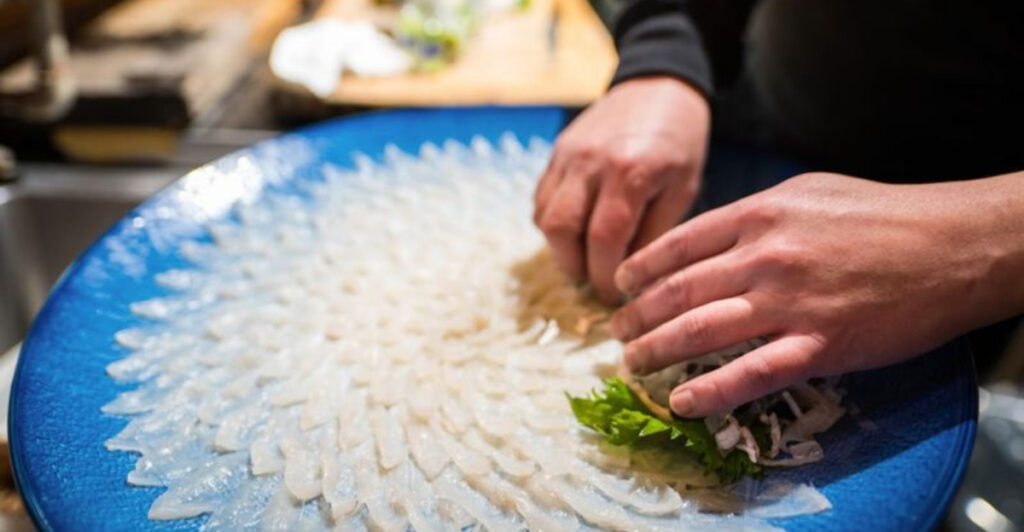Exploring the globe’s street food scene can be a thrilling culinary adventure, but some delicacies come with serious risks. From potentially lethal toxins to choking hazards, these 20 street foods are not for the faint of heart. Whether driven by curiosity or adrenaline, those who dare to try them are in for an unforgettable experience.
1. Balut (Fertilized Duck Embryo)

Balut, a fertilized duck embryo enjoyed in the Philippines and Southeast Asia, offers an adventurous eating experience that challenges even the most seasoned foodies. Partially developed and boiled in the shell, Balut is as much a cultural phenomenon as it is a culinary one.
While some relish its unique texture and flavor, others find the concept hard to swallow. The possibility of Salmonella and bacterial contamination during incubation or storage adds an element of risk. However, for locals, Balut is a beloved delicacy, often enjoyed with a sprinkle of salt or vinegar. This street food captures the vibrant spirit and daring palates of Southeast Asia.
2. San-nakji (Live Octopus)
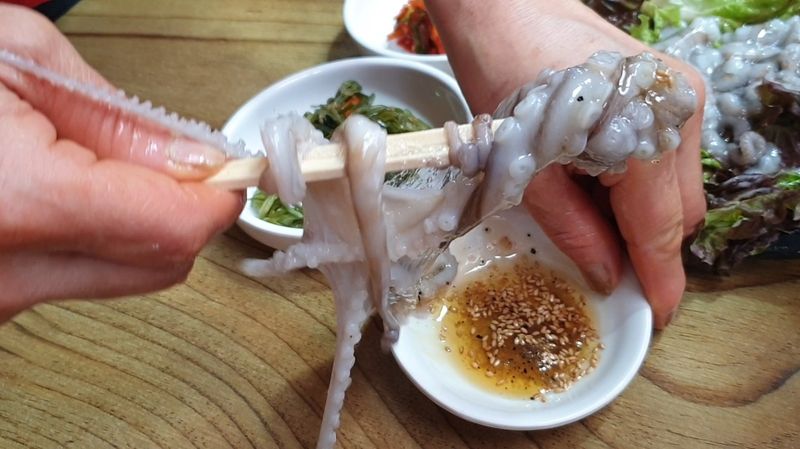
San-nakji, or live octopus, is a Korean dish that literally wiggles on your plate. The octopus pieces are served fresh and lively, with the tentacles still moving. This creates a unique textural experience that has captivated many adventurous eaters.
However, the thrill of San-nakji comes with a significant caution: the suction cups can latch onto the throat, posing a serious choking hazard. Chewing thoroughly is essential. This dish is a testament to Korea’s bold culinary traditions, blending excitement with exoticism. For those who dare to try, it’s a memorable, albeit risky, gastronomic adventure.
3. Casu Marzu (Maggot Cheese)
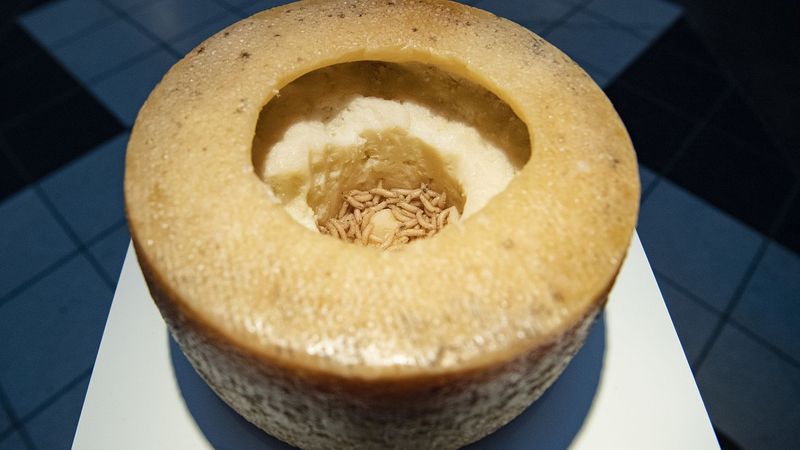
Casu Marzu, known as “maggot cheese,” hails from Sardinia, Italy, and pushes the boundaries of traditional cheese-making. Infested with live larvae, this cheese undergoes a unique fermentation process that creates a soft, tangy texture.
Though beloved by locals, Casu Marzu’s consumption is not without risks. The larvae can survive digestion, carrying harmful microorganisms. Due to health concerns, it was banned in the EU, yet it persists as a cultural staple. For cheese lovers seeking the ultimate thrill, Casu Marzu offers an unforgettable, albeit controversial, taste experience.
4. Fesikh (Fermented Egyptian Fish)
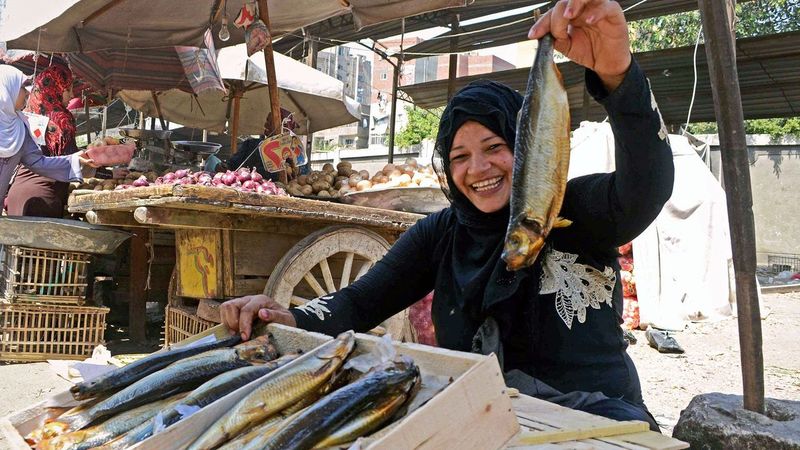
Fesikh is a traditional Egyptian dish made from fermented fish, often prepared for the Sham El-Nessim festival. Its potent aroma and intense flavor are not for the faint of heart. Despite its cultural significance, Fesikh’s preparation can be hazardous if not executed properly.
Improper fermentation can lead to botulism, a serious paralytic illness. This danger underscores the importance of trusting only experienced vendors. For many Egyptians, eating Fesikh is a time-honored tradition, steeped in history and community spirit.
5. Ackee (Jamaican Fruit)
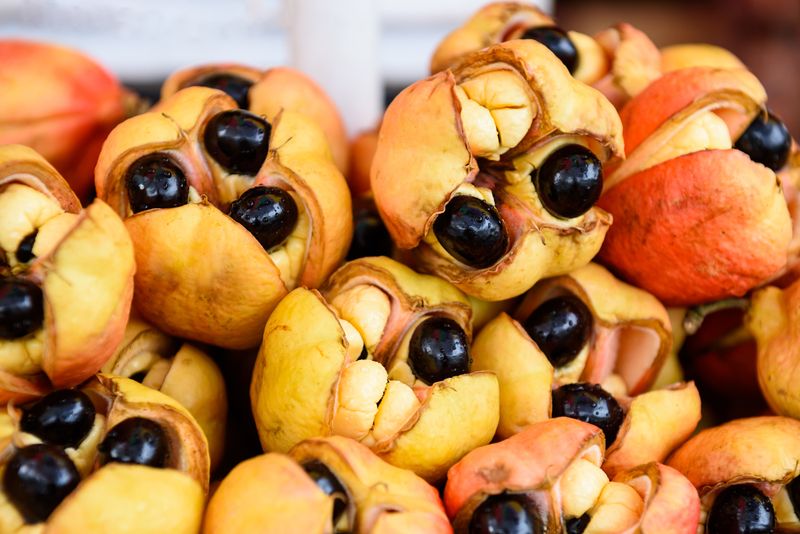
Ackee, Jamaica’s national fruit, is renowned for its bright yellow flesh and buttery flavor, often paired with saltfish. Yet, this tropical delight harbors a dark side. When unripe, Ackee contains hypoglycin A, a toxin that can induce “Jamaican Vomiting Sickness,” causing severe vomiting and hypoglycemia.
Only when fully ripe does the fruit become safe to eat, requiring careful handling and preparation. Despite the risks, Ackee remains a beloved component of Jamaican cuisine, symbolizing the island’s rich culinary heritage. Its allure lies in both its taste and the meticulous care needed to enjoy it safely.
6. Undercooked Chicken Satay
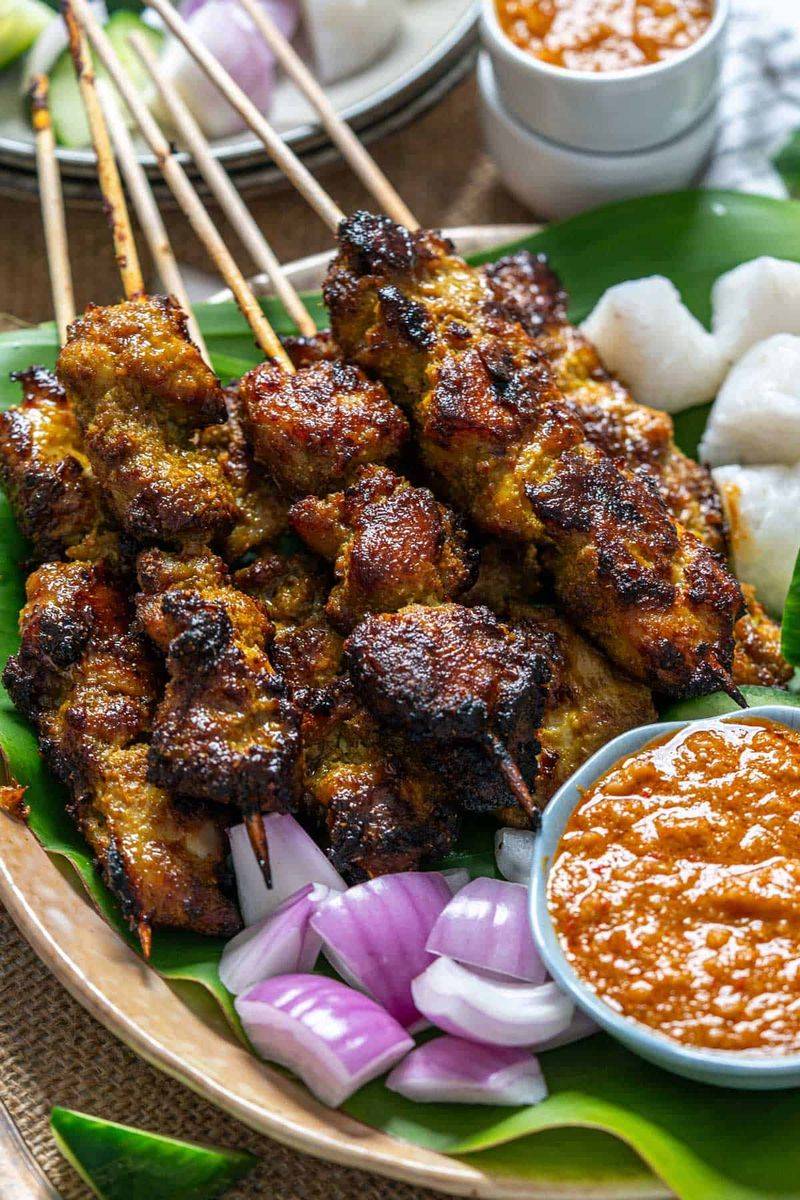
Chicken Satay is a popular street food in Southeast Asia, known for its succulent skewered meat and tantalizing peanut sauce. However, when undercooked, it can pose serious health risks, harboring bacteria like Salmonella or Campylobacter.
Ensuring proper cooking is paramount to enjoy this dish safely. The vibrant street markets where Satay is sold often buzz with life and flavor, embodying the essence of Southeast Asian cuisine. Despite potential dangers, its savory taste and cultural significance keep locals and tourists coming back for more.
7. Raw Oysters
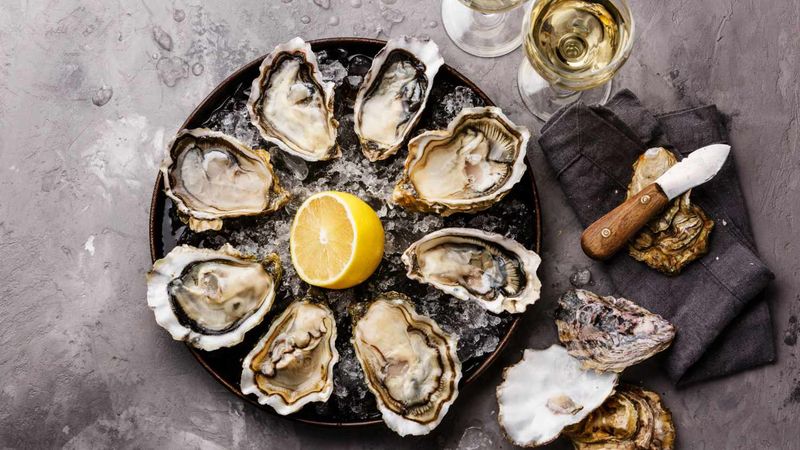
Raw oysters, often served on coastal streets worldwide, offer a taste of the sea like no other. Their smooth texture and briny flavor are cherished by many seafood enthusiasts. But consuming raw oysters, especially from warm waters, comes with risks of Vibrio vulnificus or norovirus infections.
The key lies in their sourcing and preparation. Enjoying oysters from reputable vendors minimizes the threat. These mollusks are a testament to the ocean’s bounty and the delicate balance of savoring them safely. For seafood lovers, they provide an exhilarating dive into coastal culinary traditions.
8. Pani Puri / Golgappa
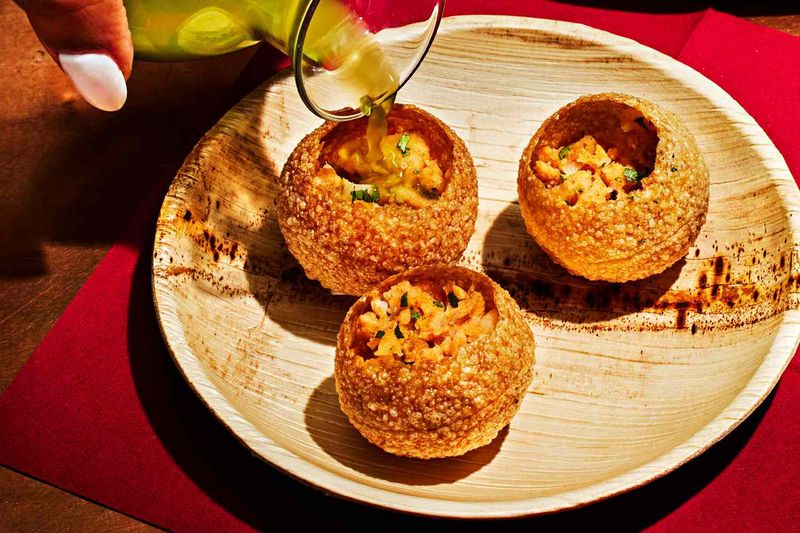
Pani Puri, also known as Golgappa, is a beloved street snack across India, offering a burst of spicy, tangy flavors in every bite. These hollow puris filled with flavored water are a staple of Indian street food culture.
However, the use of untreated water or unhygienic handling can lead to contamination with E. coli or Salmonella. For many, the thrill of savoring Pani Puri outweighs these concerns, making it a must-try for those exploring India’s vibrant food scene.
9. Deep-fried Snacks (Samosas, Spring Rolls, Pakoras)
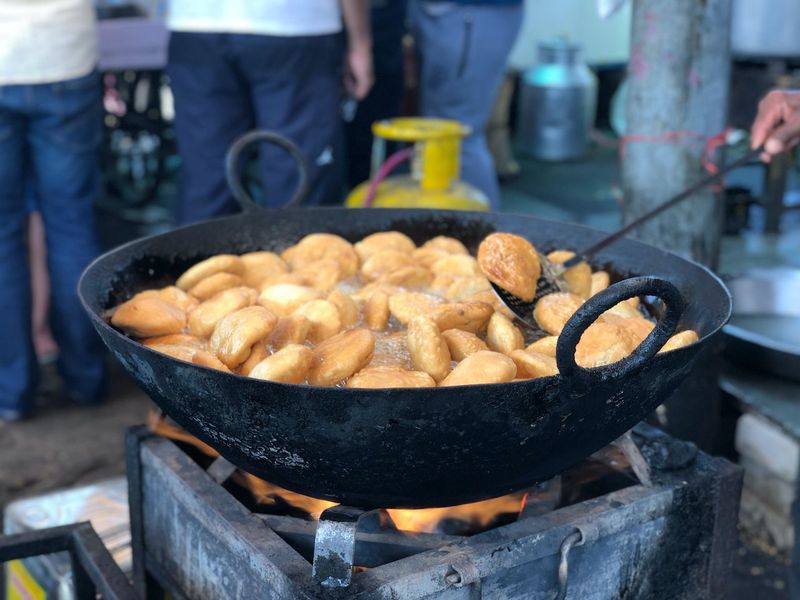
Deep-fried snacks like samosas, spring rolls, and pakoras are cherished treats in South Asia, offering crunchy exteriors and savory fillings. However, the dangers lie in the details: if the oil temperature is too low or the filling undercooked, bacteria can thrive.
The art of frying to perfection is a skill revered in many street markets, adding to these snacks’ irresistible allure. Their popularity is a testament to the culinary creativity and flavor mastery that define South Asian street food.
10. Street Kebab or Shawarma
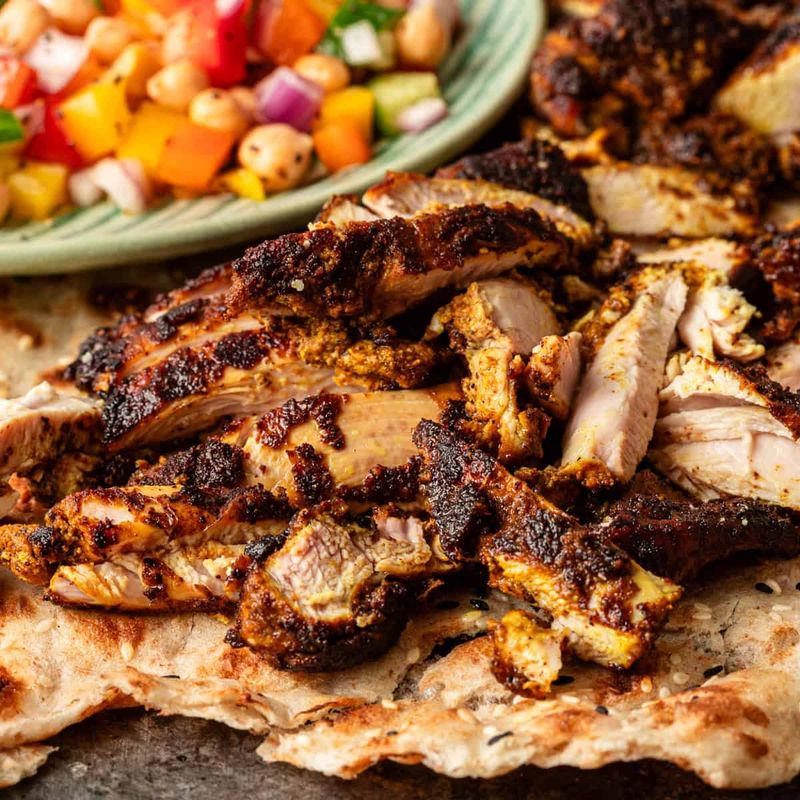
Street Kebab or Shawarma, often found in the Middle East and beyond, offers an irresistible mix of flavors. The marinated meat, slow-cooked on a rotating spit, captures the essence of street food perfection. Yet, poor hygiene or undercooked meat can lead to Salmonella outbreaks.
These succulent delights rely on the vendor’s skill and cleanliness. For many, they represent the vibrant street food culture that thrives in bustling cityscapes across the globe.
11. Street-vended Salads, Cut Fruit, Juices with Ice
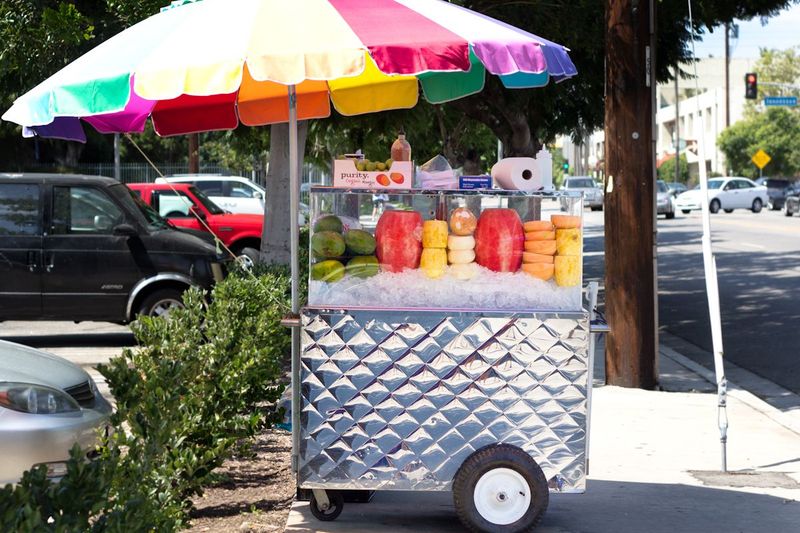
Street-vended salads, cut fruit, and juices with ice offer a refreshing escape, particularly in warm climates. However, untreated water or ice can harbor pathogens like norovirus or Salmonella, posing health risks.
For those craving a cool, nutritious treat, vigilance is crucial. Sourcing these delights from trusted vendors ensures a safe and satisfying experience. They symbolize the tantalizing intersection of health, convenience, and street food culture.
12. Fresh Raw Produce Sold on the Street
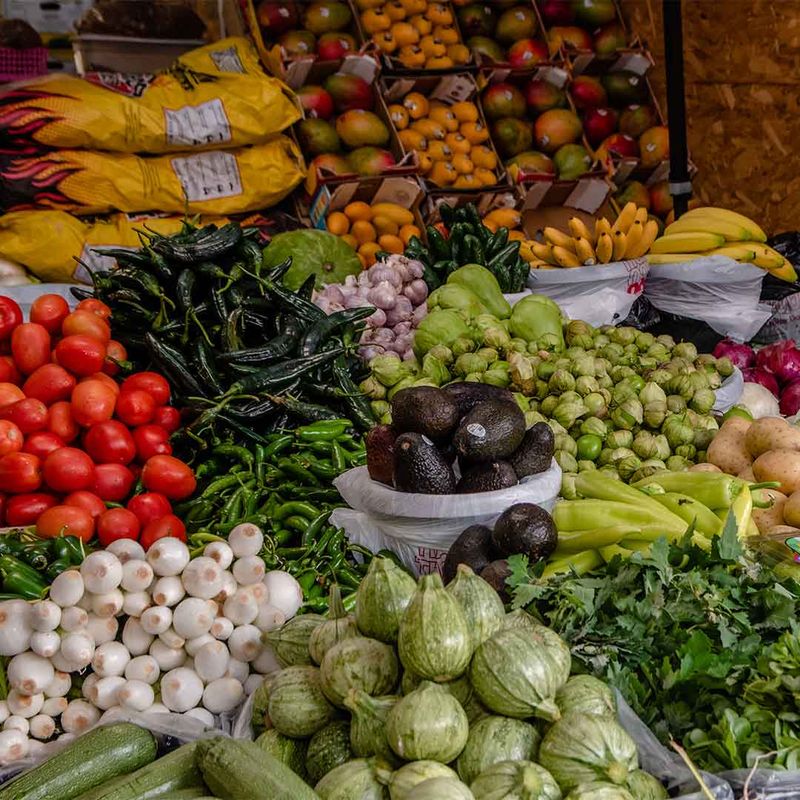
Fresh raw produce sold on streets in developing regions invites shoppers with its vivid colors and evident freshness. Yet, improper handling or washing with contaminated water can introduce risks like E. coli or Salmonella.
The juxtaposition of health benefits and potential dangers is stark. For many, these markets are a lifeline, offering affordable nutrition. Ensuring cleanliness and safe handling practices can make these treasures a healthy part of everyday life.
13. Echizen-kurage (Jellyfish)
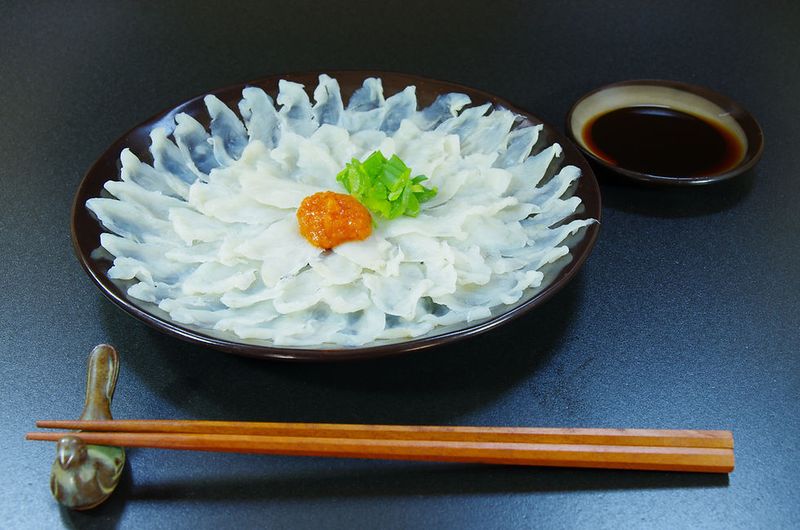
Echizen-kurage, or jellyfish, is an intriguing Japanese street food that delights with its unique texture. However, if not prepared properly, the venomous skin can cause paralysis or cardiac arrest.
The delicate balance of preparation showcases the skill and artistry of Japanese street vendors. Those who venture to try Echizen-kurage do so for its rarity and the craftsmanship involved in serving it safely.
14. Unpasteurized Dairy / Raw Cheese
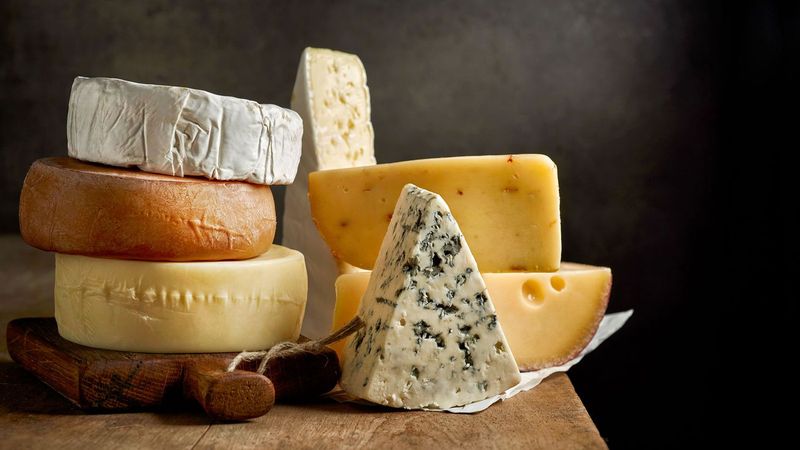
Unpasteurized dairy or raw cheese offers a rich, authentic flavor profile that appeals to cheese connoisseurs. However, the absence of pasteurization can allow pathogens like Listeria monocytogenes to flourish, posing serious health risks.
For some, the allure of raw cheese lies in its traditional preparation and unique taste. Enjoying it safely requires sourcing from trusted artisans who prioritize hygiene and quality.
15. Undercooked Pork Liver Pâté or Sausages
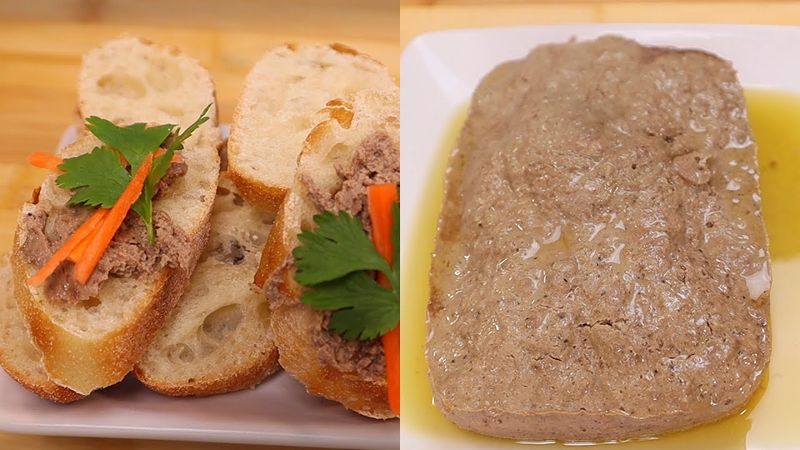
Pork liver pâté or sausages, when undercooked, present a tempting but risky street food option. Linked to hepatitis E outbreaks, particularly serious for pregnant women or those with compromised immunity, these delicacies require careful preparation.
Street vendors skilled in their craft can ensure these treats are both safe and delicious. The rich flavors and textures make them a popular choice at markets around the world, offering a taste of local traditions in every bite.
16. Hákarl (Fermented Shark)
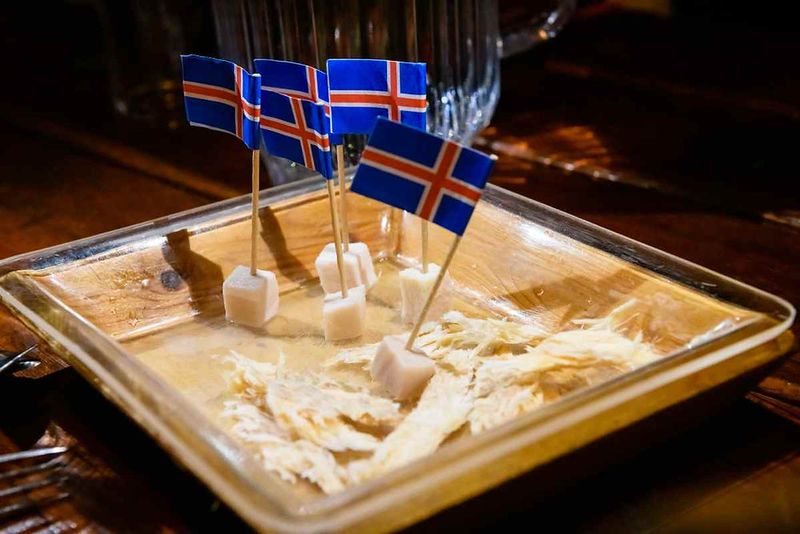
Hákarl, fermented shark from Iceland, is a dish steeped in tradition and intrigue. Its strong ammonia scent and pungent flavor are an acquired taste, challenging even the bravest palates.
Improper preparation can lead to ammonia poisoning, emphasizing the importance of knowledgeable vendors. Hákarl is a testament to Iceland’s resourcefulness and culinary heritage, offering a taste of the island’s unique cultural landscape.
17. Raw or Improperly Cooked Cassava-based Snacks
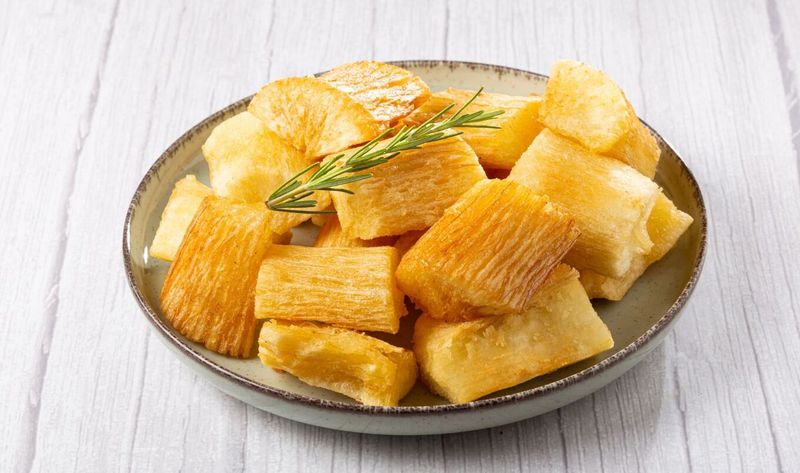
Cassava, a staple in West Africa and Latin America, is the base for many popular snacks. However, when raw or improperly cooked, it contains linamarin, which converts to cyanide in the body.
Proper fermentation or cooking is crucial, transforming cassava into a safe and satisfying part of the diet. The versatility of cassava reflects its importance in local cuisines, turning potential danger into delicious opportunity.
18. Street-served Cashews (Raw or Unprocessed)

Raw cashews, often found in street markets, contain urushiol toxin, which can cause allergic reactions or toxicity if not properly roasted or processed. This delicate balance of preparation is key to their safe consumption.
For many, the rich, buttery flavor of cashews is worth the extra care needed. Street vendors skilled in roasting can transform these nuts into a delectable, safe snack that satisfies cravings while showcasing the nut’s natural richness.
19. Improperly Reheated or Stale Prepared Foods
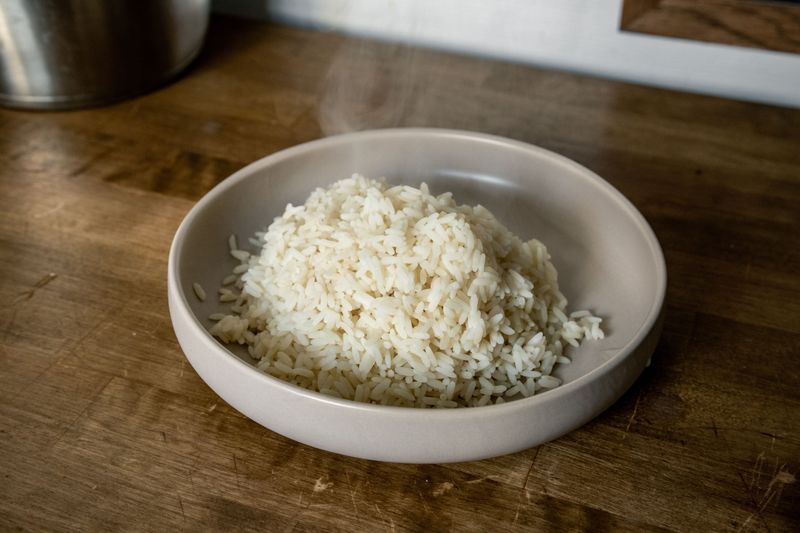
Improperly reheated or stale prepared foods on the street can harbor norovirus, Staph aureus, or Salmonella due to poor handling or cross-contamination. This risk is exacerbated by fried items left out for extended periods.
Street food offers a quick and diverse taste of local cuisines, but ensuring freshness and proper reheating is crucial. Trusted vendors who prioritize hygiene can provide a safe and enjoyable experience for all.
20. Fugu (Pufferfish)
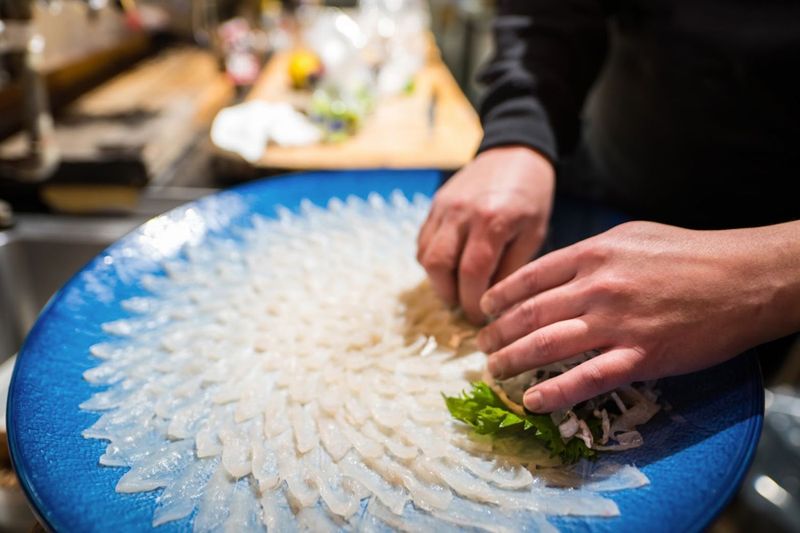
Fugu, the infamous pufferfish from Japan, is a dish that walks a razor’s edge between delicacy and danger. Its organs contain tetrodotoxin, a potent neurotoxin that can prove fatal if not carefully removed. Only chefs with a specialized license can prepare it, undergoing rigorous training to master the art of serving this dish safely.
The allure of Fugu lies in its rarity and the thrill of eating something so perilous. Many Japanese diners seek it out for special occasions, trusting only the most experienced hands. Despite the risks, Fugu remains a celebrated part of Japan’s culinary heritage, a testament to the skill and precision of its chefs. For the adventurous, it’s a taste like no other.

